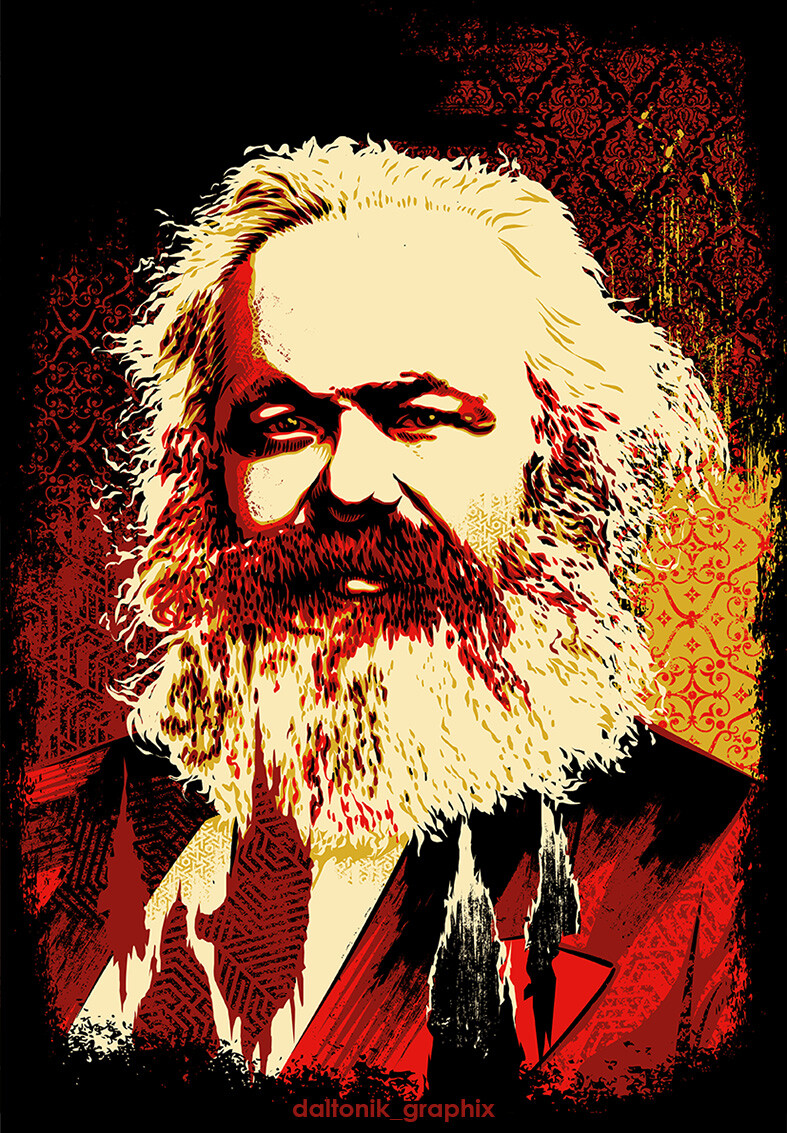I've been reading Capital off and on for months and this is a seemingly pretty important difference that I don't understand. Is there a difference between surplus labor and profit, and if so, what is it? Any explanations, links, or chapters in Capital I should check out are appreciated.

I’m curious what makes you think there must be a difference and why is it important.
If I remember, correctly, rate of profit seems to refer more to
surplus product / (means of production + wages)
not
surplus product / wages --> which is rate of surplus value
Yes. Capital wants to produce pure profit, to generate it out of thin air without any machinery or land — setting to zero the MoP part of that first equation.
Marx analyzing John Stuart Mill: